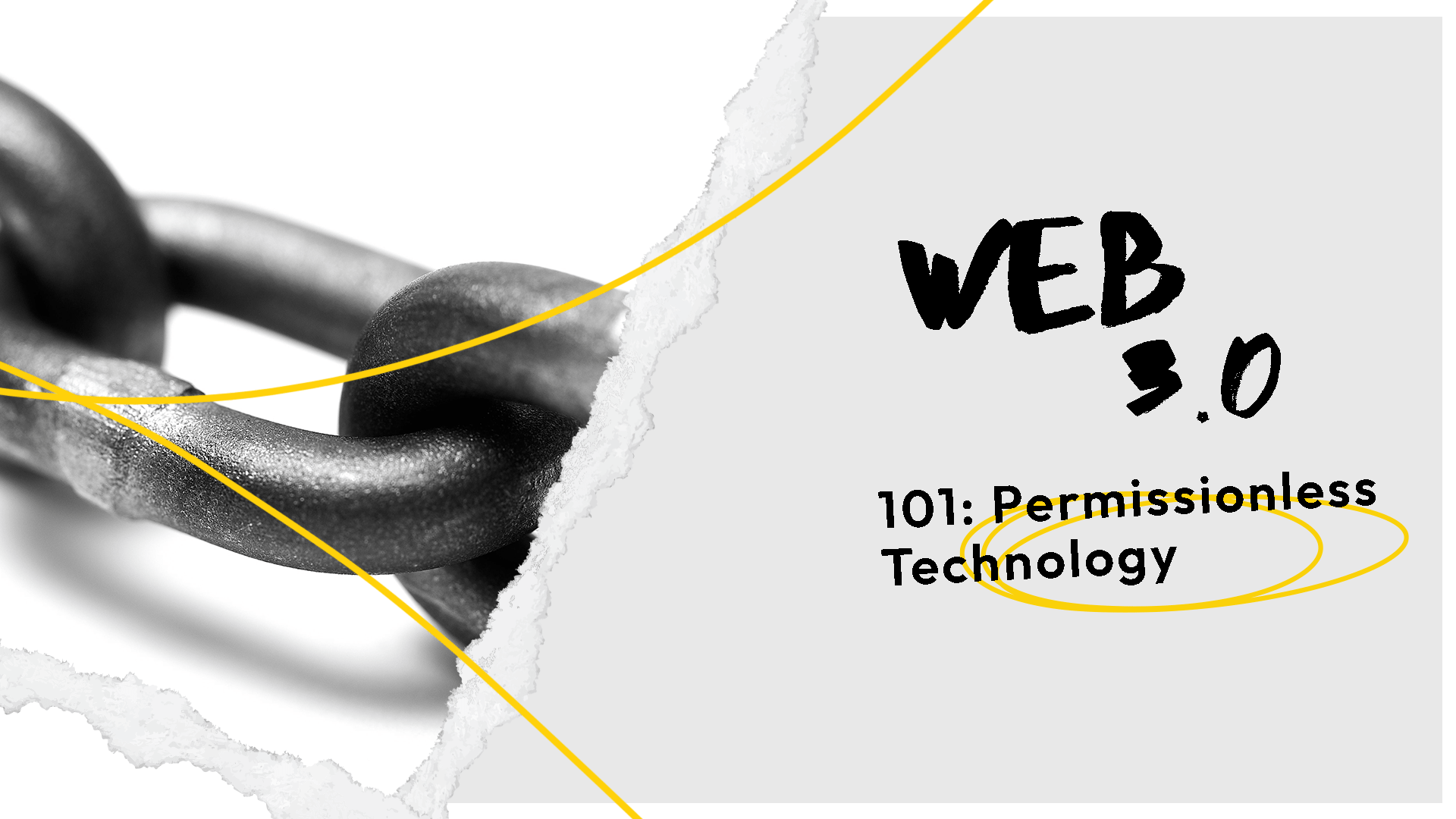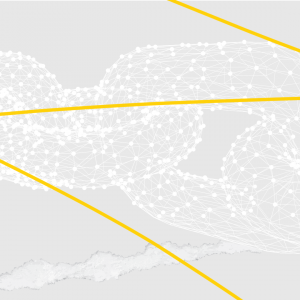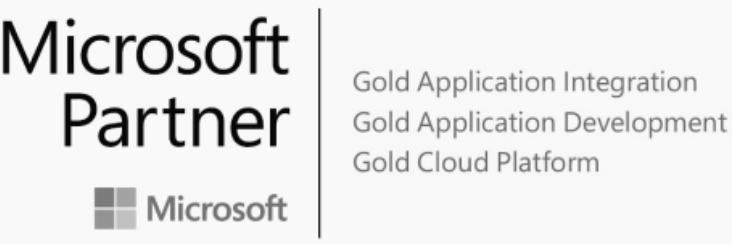Web 3.0, blockchain, and cryptocurrency are next-generation technologies that many people are talking about, but all these terms can cause some confusion. That’s why we’re bringing you a series of posts demystifying Web 3.0.
In this post, we’ll dive into the differences between permissionless blockchain and permissioned blockchains.
What is permissionless blockchain technology?
Also known as public blockchains, permissionless blockchain technology allows anybody with an internet connection to anonymously join the blockchain network, perform transactions, and store information on the blockchain. With permissionless blockchains, there are no gatekeepers and no single entity restricting access or controlling participation — you don’t need permission to join.
Blockchains are decentralized ledgers. We’ll look at decentralization in more depth in another post. But, basically, decentralization means data about transactions in the blockchain are stored in multiple places across a network, not in one central location.
So how can a permissionless blockchain be secure? Before answering that question, let’s look at the difference between permissioned and permissionless blockchains.
Differences between permissionless and permissioned blockchains
Permissioned blockchains do have gatekeepers. They are limited to only designated participants, and a single entity controls access. That entity could be a group of users, a business, or a government.
You may have heard people talk about Know Your Customer (KYC) and permissioned blockchains together. KYC means the gatekeepers only give access to people they know, which removes the anonymity that permissionless blockchain enjoy.
The limited number of users and the ability to know who users make transactions on the blockchain ledger easier to track and validate. This can make permissioned blockchains seem more secure, but critics point out that in a permissioned blockchain, the gatekeeper is a security risk.
If the gatekeeper is compromised or chooses to make changes that aren’t appropriate, security is compromised. The lack of transparency for outside oversight makes centralized security riskier than decentralized security.
How can a permissionless blockchain be secure?
In a permissionless blockchain, security is democratized. Blockchain’s traceability ensures that users can’t secretly make changes, and each user has equal control and visibility. More than half the users would need to initiate changes to disrupt a permissionless blockchain. Permissionless blockchain’s security relies on this decentralization of information and power.
However, transparency is a potential weakness of permissionless blockchain. Certain industries or applications may not want every user to hold their proprietary information.
A large number of users also leads to lower performance and scalability issues. Energy efficiency is also a major concern as blockchains grow and use more resources.
Learn more about Web 3.0 and how permissioned and permissionless blockchain can benefit your business
Head over to the RebelDot blog to learn more about Web 3.0 and blockchain technology.
We can develop permissioned or permissionless blockchain technologies and are ready to help you discover the best solution for you.
For a custom software development partner to help bring your ideas to life, contact the RebelDot team today!






